And the key element is already found in fluorescent lights and old TVs.


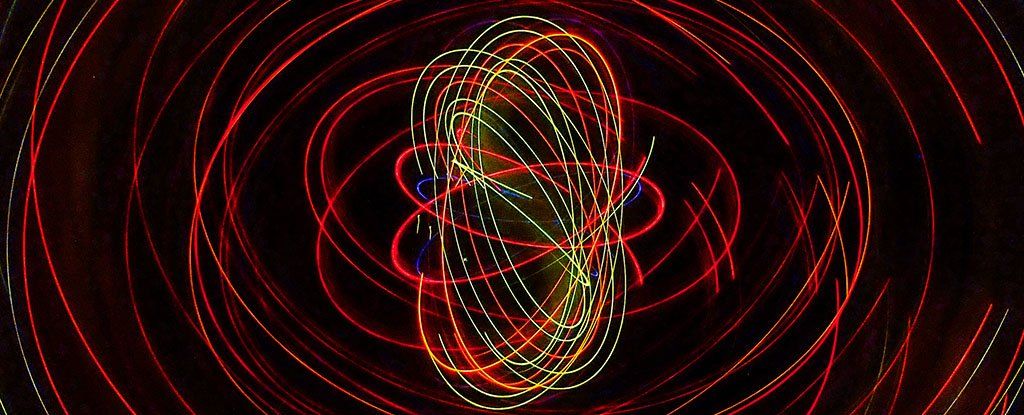
While physicists have managed to wrap their minds around chaos theory in the macroscopic world, chaos also has its way at the quantum scale. And in many ways quantum chaos is even more perplexing than its large-scale counterpart.
Which is why it’s such a big deal that researchers have now presented a single equation that can predict how quantum chaos behaves.
This equation effectively explains the patterns within quantum chaos at the atomic level, and it could contribute to our understanding of everything from brain surgery to string theory.
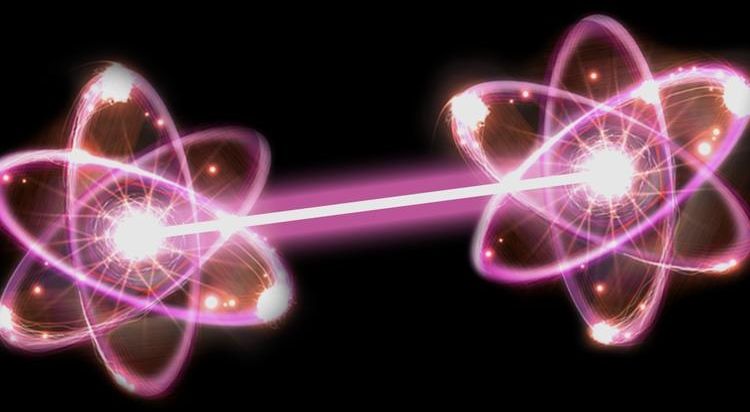
Quantum physics throws all the rules of classical physics out the window. In the quantum world, particles can pass through solid walls, be in two places at once, and communicate over an infinite distance. And, if a handful of physicists are right, they can affect the past just as easily as they affect the future. That’s a theory known as quantum retrocausality, and researchers have good reasons to believe it’s true.
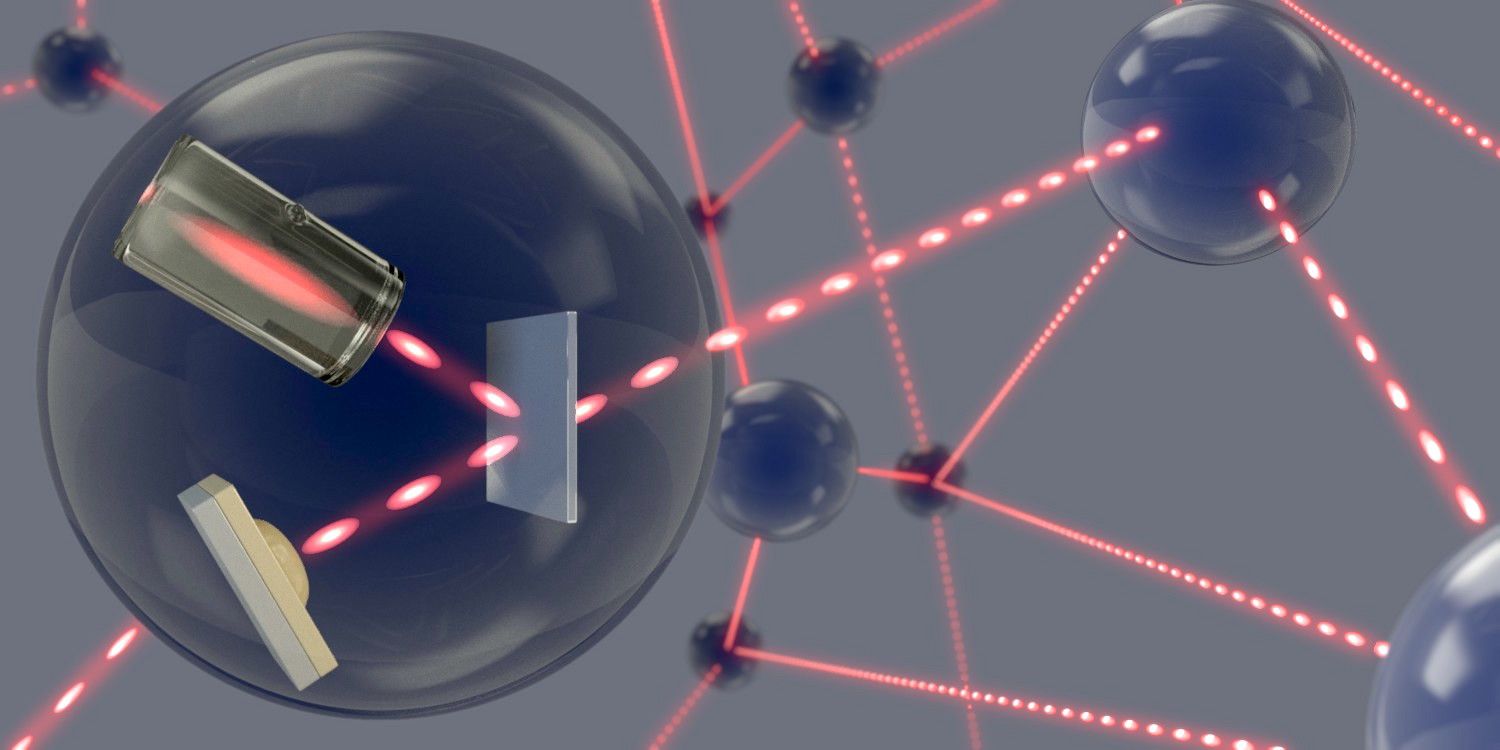
Physicists from the University of Basel have developed a memory that can store photons. These quantum particles travel at the speed of light and are thus suitable for high-speed data transfer. The researchers were able to store them in an atomic vapor and read them out again later without altering their quantum mechanical properties too much. This memory technology is simple and fast and it could find application in a future quantum Internet. The journal Physical Review Letters has published the results.
Even today, fast data transfer in telecommunication networks employs short light pulses. Ultra broadband technology uses optical fiber links through which information can be transferred at the speed of light. At the receiver’s end, the transmitted information has to be stored quickly and without errors so that it can be processed further electronically on computers. To avoid transmission errors, each bit of information is encoded in relatively strong light pulses that each contain at least several hundreds of photons.
For several years, researchers all over the world have been working on operating such networks with single photons. Encoding one bit per photon is not only very efficient, but it also allows for a radically new form of information processing based on the laws of quantum physics. These laws allow a single photon to encode not only the states 0 or 1 of a classic bit, but also to encode a superposition of both states at the same time. Such quantum bits are the basis for quantum information processing that could make unconditionally secure communication and super fast quantum computers possible in the future. The ability to store and retrieve single photons from a quantum memory is a key element for these technologies, which is intensively investigated.
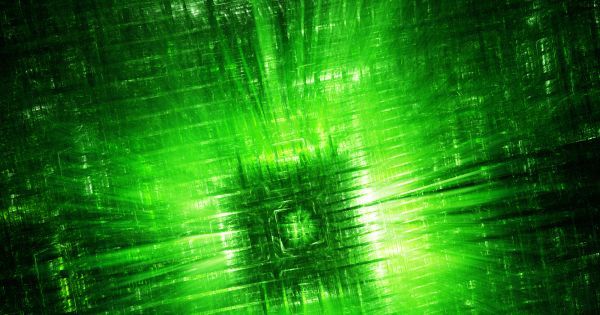
For the first time, researchers have sent a quantum-secured message containing more than one bit of information per photon through the air above a city. The demonstration showed that it could one day be practical to use high-capacity, free-space quantum communication to create a highly secure link between ground-based networks and satellites, a requirement for creating a global quantum encryption network.
Quantum encryption uses photons to encode information in the form of quantum bits. In its simplest form, known as 2D encryption, each photon encodes one bit: either a one or a zero. Scientists have shown that a single photon can encode even more information—a concept known as high-dimensional quantum encryption—but until now this has never been demonstrated with free-space optical communication in real-world conditions. With eight bits necessary to encode just one letter, for example, packing more information into each photon would significantly speed up data transmission.
“Our work is the first to send messages in a secure manner using high-dimensional quantum encryption in realistic city conditions, including turbulence,” said research team lead, Ebrahim Karimi, University of Ottawa, Canada. “The secure, free-space communication scheme we demonstrated could potentially link Earth with satellites, securely connect places where it is too expensive to install fiber, or be used for encrypted communication with a moving object, such as an airplane.”
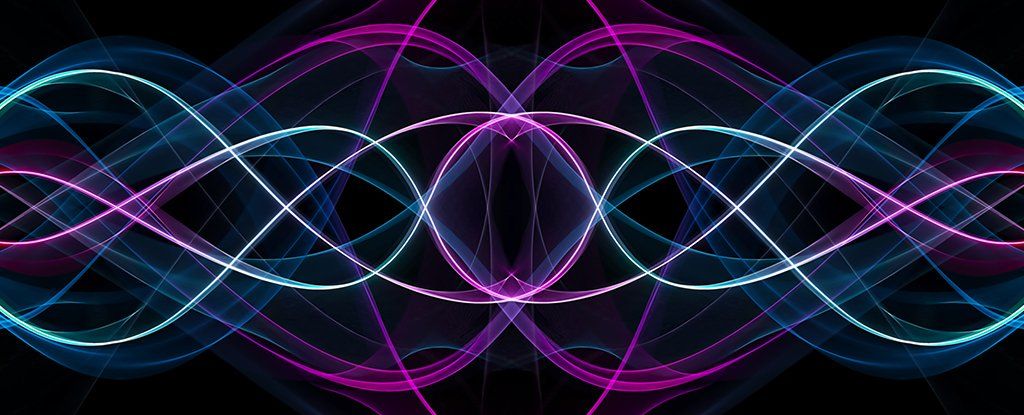
Quantum computers based on the twisting pathways of moving particles have so far lived only in theory – the particles they would rely on might not even exist.
But with the exciting discovery of electrons ‘swirling’ down a wire, the hunt is over for exactly the particles such quantum devices have been waiting for. Now the work of turning these theoretical computers into reality could soon be underway.
Researchers from the University of Sydney and Microsoft have observed electrons forming a kind of matter called a quasiparticle under conditions that saw them behave as theoretical objects called Majorana fermions.
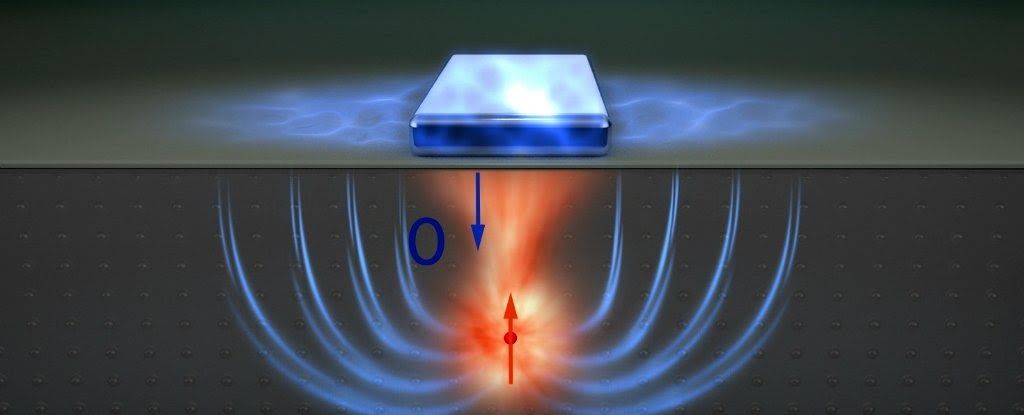
Australian researchers have designed a new type of qubit — the building block of quantum computers — that they say will finally make it possible to manufacture a true, large-scale quantum computer. Broadly speaking, there are currently a number of ways to make a quantum computer. Some take up less space, but tend to be incredibly complex. Others are simpler, but if you want it to scale up you’re going to need to knock down a few walls.
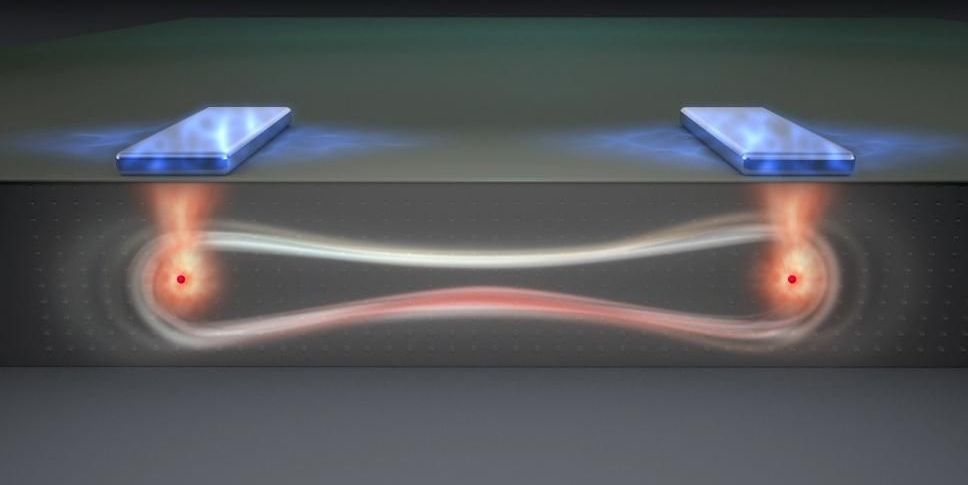
SINGAPORE (Reuters) — Researchers in Australia have found a new way to build quantum computers which they say would make them dramatically easier and cheaper to produce at scale.
Quantum computers promise to harness the strange ability of subatomic particles to exist in more than one state at a time to solve problems that are too complex or time-consuming for existing computers.
Google, IBM and other technology companies are all developing quantum computers, using a range of approaches.
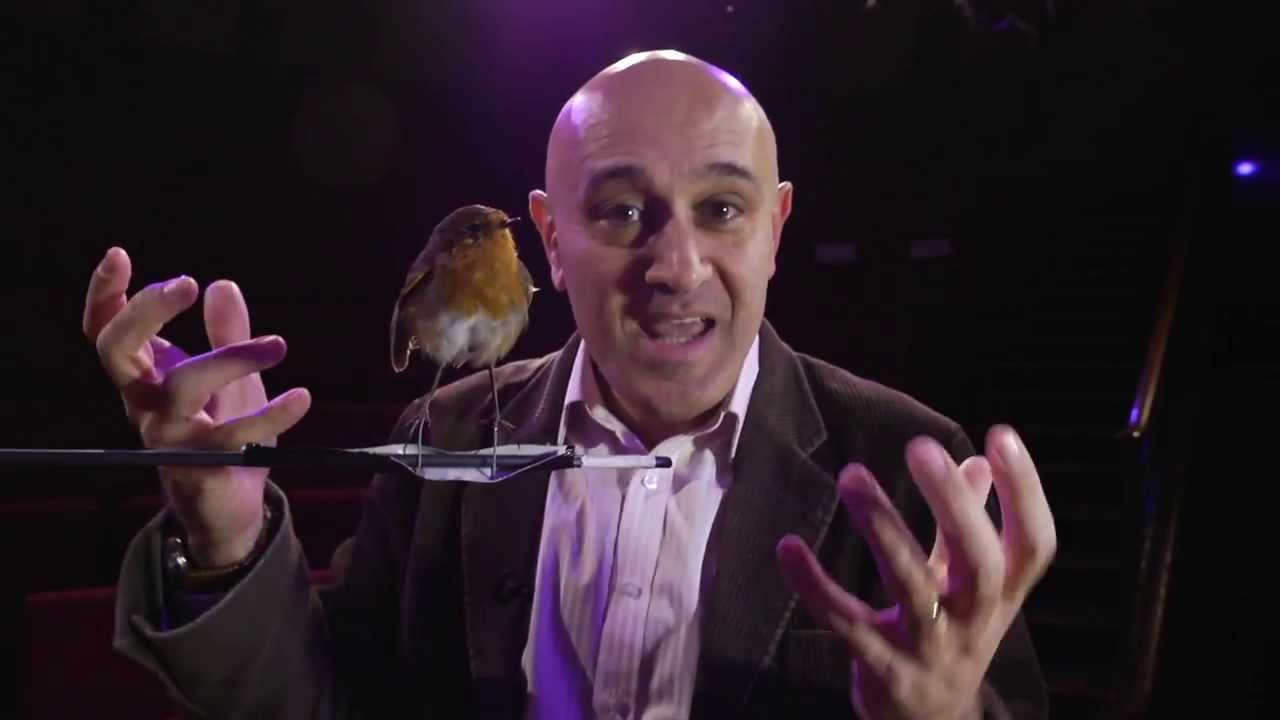
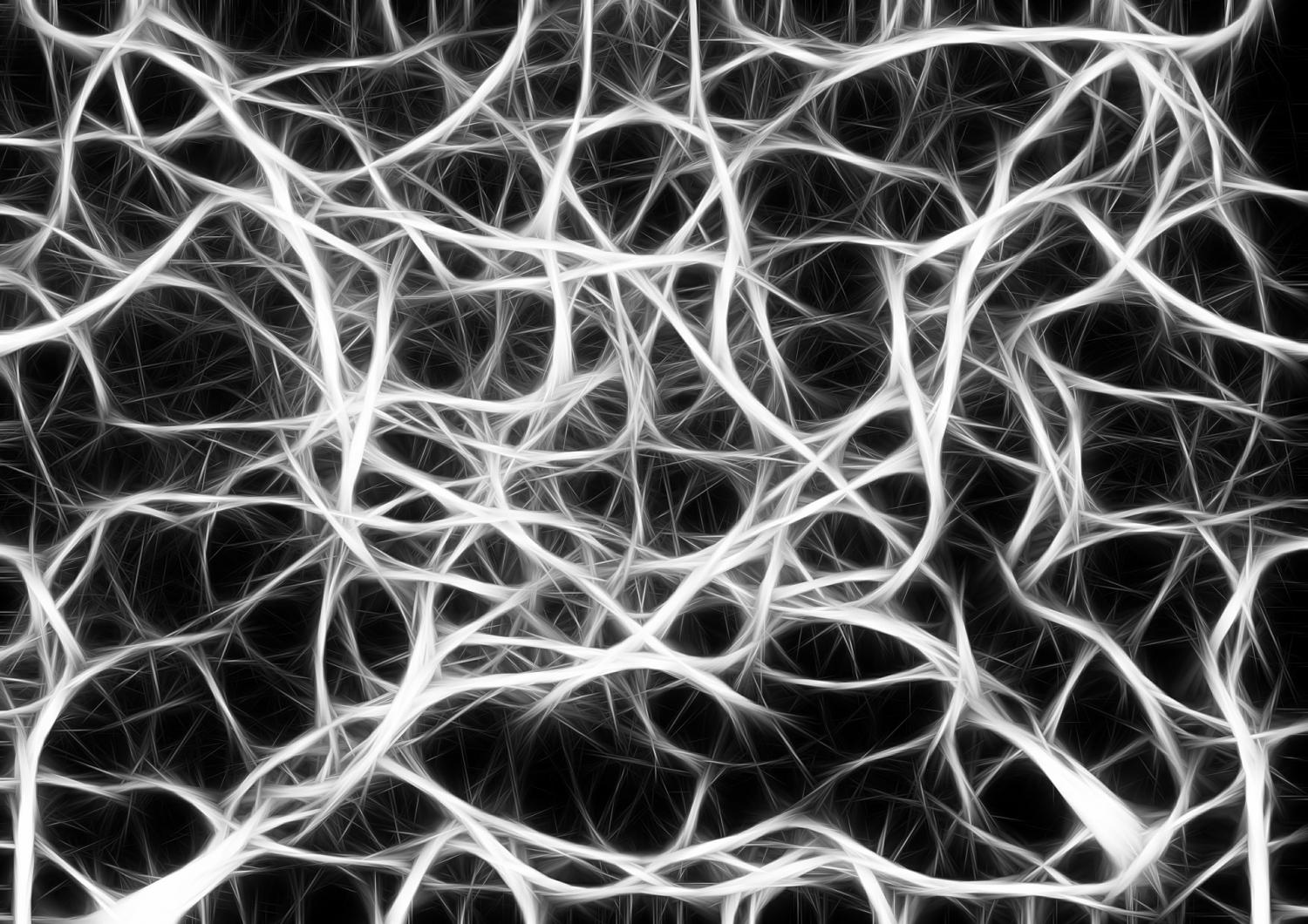
(Phys.org)—Is entanglement really necessary for describing the physical world, or is it possible to have some post-quantum theory without entanglement?
In a new study, physicists have mathematically proved that any theory that has a classical limit—meaning that it can describe our observations of the classical world by recovering classical theory under certain conditions—must contain entanglement. So despite the fact that entanglement goes against classical intuition, entanglement must be an inevitable feature of not only quantum theory but also any non-classical theory, even those that are yet to be developed.
The physicists, Jonathan G. Richens at Imperial College London and University College London, John H. Selby at Imperial College London and the University of Oxford, and Sabri W. Al-Safi at Nottingham Trent University, have published a paper establishing entanglement as a necessary feature of any non-classical theory in a recent issue of Physical Review Letters.